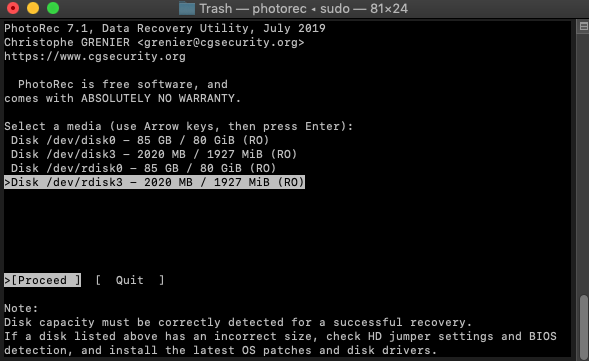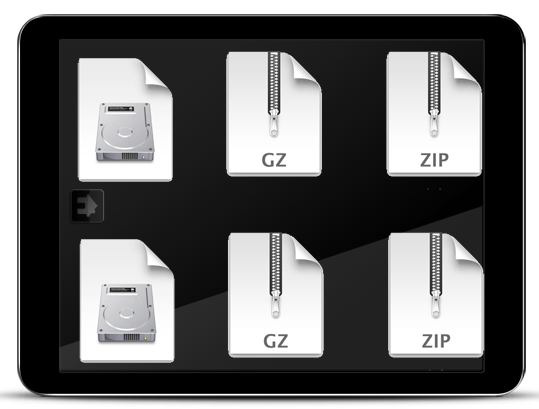

It lets you create folders anywhere you like in your Linux system – given you have got the necessary permission, of course! 5. Want to create a new folder through the terminal? The mkdir command is created for just this specific purpose. This command makes life in front of the terminal less scary for beginners while providing a standard method to browse the entire filesystem of your device. It’s one of the few Linux commands that you’re bound to use throughout your stint with the Linux system. Short for Change Directory, the cd command is behind your movement from one directory to another. You will use this command alongside pwd to navigate your ways inside the mighty Unix filesystem. It presents to you the contents of a particular directory – both files and directories. The ls command is probably one of the most widely used commands in the Unix world. This is one of the handiest Linux terminal commands that aims to make new user’s life peaceful by ensuring they don’t get lost in that seemingly cryptic terminal window. Pwd stands for Print Work directory and does exactly what you think – it shows the directory you’re currently in. Learning to navigate the filesystem creatively will take your Linux skills to the next level. Linux Commands for Navigating the FilesystemĪs with every modern operating system, the Linux filesystem sits at the core of its fundamental design and paves the way for you to visualize and manipulate your system hierarchy. Before going into the details, you can grab a set of best Linux command cheat sheet for mastering the Linux system.

By creatively implementing many of these flexible terminal commands into your next terminal session, you will start to feel the heat of becoming a conscience Unix system user. Most Useful Linux Commands You Can Learn Todayīelow, you will find the 50 best Linux terminal commands our experts have handpicked in an aim to skyrocket your Linux system experience. Miscellaneous Linux Commands For Everyday Use.Linux Commands That Deal With I/O And Ownership.Linux Commands for Search and Regular Expression.Most Used Linux Commands for Network Administrators.Funny Linux Commands to Explore When Bored.Linux Commands for Taking Care of Your Files.Linux Commands for Manipulating the System.Linux Commands for Navigating the Filesystem.Most Useful Linux Commands You Can Learn Today.The use of an equal sign ( =) wipes all previous permissions for that category. The u flag sets the permissions for the file owner, g refers to the user group, while o refers to all other users. To remove all existing permissions, set read and write access for the user while allowing read access for all other users, type: chmod u=rw,g=r,o=r file.txt To set file permissions, you’ll use the chmodcommand at the terminal. RELATED: How macOS Catalina's New Security Features Work Setting File Permissions This is related in part to new security features introduced in macOS Catalina, although file access control lists (ACLs) have been a Mac feature since macOS X 10.4 Tiger back in 2005. If the final character is an at sign ( then it signifies that the file or folder has extended file attributes relating to security, giving certain apps (like Finder) persistent file access. rwx means the file can be read, written, and executed.r-x means the file can be read and executed, but not written to.rw- would mean the file can be read and written to, but the file isn’t executable.r- would mean the file can be read, but not written to, and the file isn’t executable.- would mean no read or write access, and the file isn’t executable.These levels are always shown in that order, so for instance: You’ll see letters here, too, such as r (read), w (write), and x (execute). The first group shows the access levels for the file/folder owner (1), the middle group shows group permissions (2), and the final three shows permissions for any other users (3). The next nine characters are split into groups of three.


 0 kommentar(er)
0 kommentar(er)
